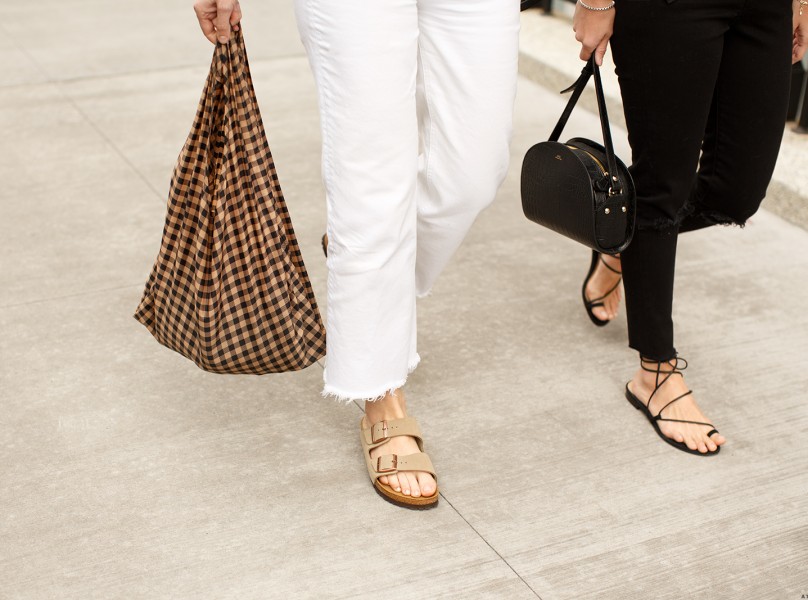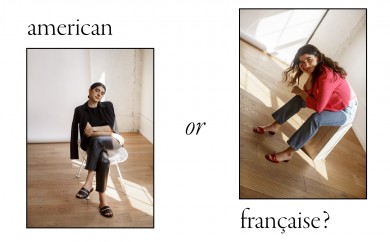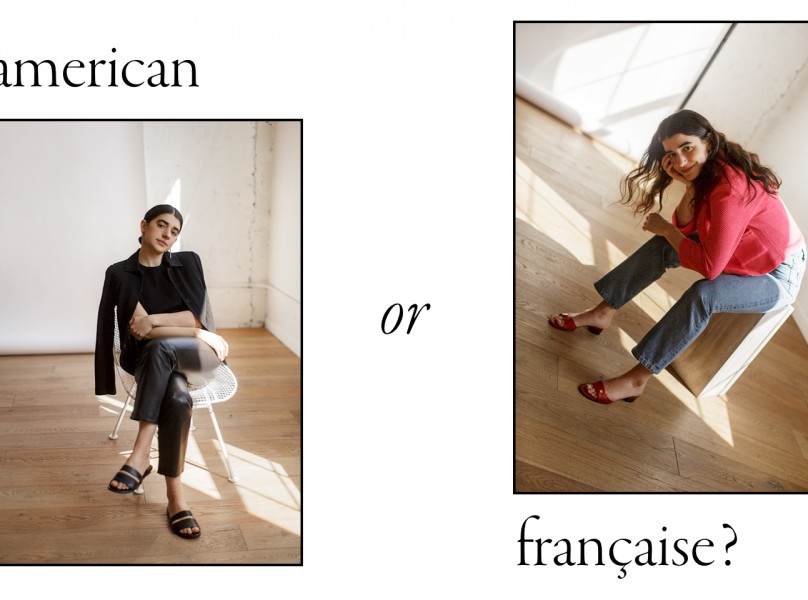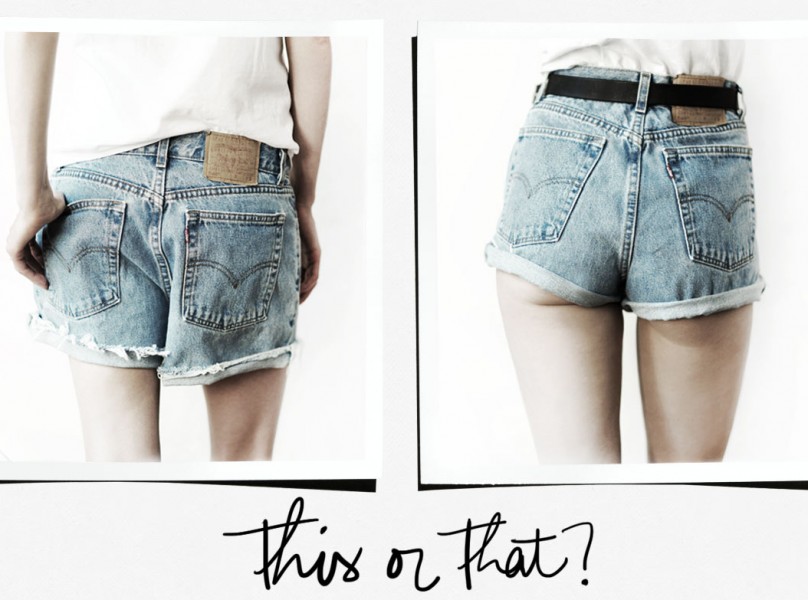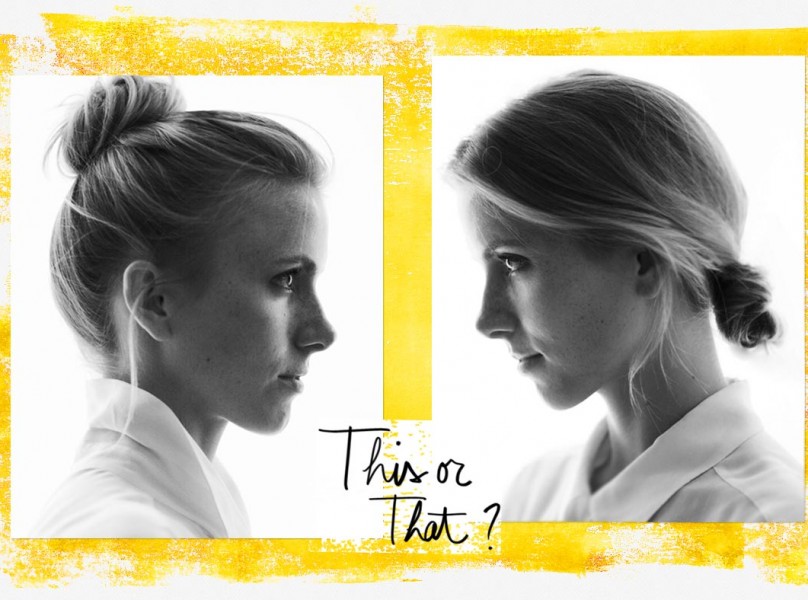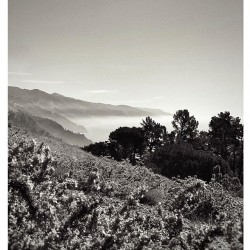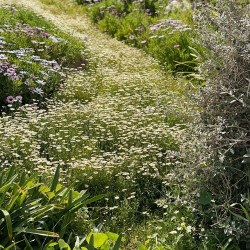Natural Wine
6 years ago by

Hi! I’m Natasha Feldman and I’m a food nerd. I host and produce cooking shows, work as private chef and caterer, read cookbooks as if they were novels before bed, and spend endless hours developing recipes.
Even though my life revolves around food, there are still literally a million things that I don’t know about it. And if I have questions, then I’m guessing all of you, who don’t happen to spend your days obsessing about food, must have questions too.
Each month I’m going to break down a new food topic for you (and for me), checking in with experts and highlighting the basics. These are going to be short and to the point, but if you want to know more, shoot me a DM on Instagram. I’m always available as a friend in food.
Without further ado, I’m excited to go on this journey with you into the mysterious world of: natural wine!
At this point, I think it’s safe to assume we’ve all heard of natural wine. It’s devastatingly cool and heavily featured in the best independent wine shops, restaurants, and magazines. But, if you’re like me (my wine vocabulary ends somewhere between fruit-forward and terroir) then you’re probably left with these two questions — (1) what is natural wine and (2) is it worth the hype? Well, turns out the first question isn’t super easy to answer, but the second one is, and the answer is hell yeah, it’s worth the hype!
What is Natural Wine? Much like when a bag of chips says “natural” in large letters, just seeing “natural” in the context of wine doesn’t guarantee anything. Unlike “organic”, where a grower needs to be certified and comply with stringent USDA requirements to use the term, the term “natural” isn’t regulated. Which is something that really blows my mind.
So, I asked an expert, Isabelle Legeron, the founder of RAW WINE, who explained: “Strictly speaking, natural wine means ‘nothing added and nothing taken away’, i.e. wine made from grapes that are grown organically at the very minimum, and made without additives or processing (like sterile filtration) that strips the wine of its fundamental components. In essence, natural wine is about preserving the living from the farming all the way to your glass.”
Ok, but how do you find a “natural” wine that’s actually legit, when anyone can use the word?
Sam Anderson, the Wine & Beverage Director at Contra Group (who by the way is a freaking wealth of information), suggests a simple and straightforward place to start: the back of the bottle. He recommends looking at the back of the label to see who imported the wine, and even highlights a few trusted names to look out for on your next trip to the Whole Foods wine aisle. “You’ll be in good hands knowing that these importers have done the hard work to source great wine: Louis/Dressner, Jenny & Francois, Zev Rovine Selections, Selection Massale, Fifi’s Imports, Camille Rivière Selections, vom Boden, Wine MC2, Chris Terrell Wines, Goatboy Selections or Scuola di Vino.” I can do that!
Is It Worth the Hype? Natural wine is a perfect fit for folks that care about whether their food is organic, think about protecting the fragile relationship that we humans have with the earth, and see the beauty of preserving traditional winemaking techniques. Sidenote — I’d like to suggest that hype is a word that we should banish from our vocabulary when we’re talking about practices that are sustainable. Therefore from this day forward I’m going to save the word “hype” for trendy foodstuffs, for example a cronut, or a burger sandwiched between two layers of fried ramen noodles (also what?!?).
Personally, I think the buzz around natural wine is well deserved for one simple reason: it tastes great. There is a rumor out there that natural wine is just the funky orange stuff with weird little floaters (admittedly true for some — they’re alive!), but in reality, you can find a natural wine to fit any palate. I’ve enjoyed natural wines produced everywhere from Upstate N.Y. to Georgia (the COUNTRY), from funky and earthy to elegant and clean, all with their own unique story and flavor.
If you’re #nwc (natural wine curious), here are some bottles and pairings recommended by the best in the business for your first foray into natural wine:
Justin Chearno, Wine Director at The Four Horsemen
“I’d recommend a bottle of Dard and Ribo Crozes Hermitage with a roast chicken.”
Sam Anderson, Wine & Beverage Director at Contra Group
“I think it’s important for newcomers to first experience natural wine as elegant and pristine. So much is made of ‘funky’ natural wines and though those are fun, it can be misleading if one thinks the entire category is that way. So with this in mind, try:
Christian Tschida’s ‘Himmel Auf Erden Weiss’ … which means ‘Heaven on Earth’ in Austrian. This wine is made from Pinot Blanc and it is gorgeously textured with herbal freshness and zip and just a hint of some of those wild aromas that we talk about with natural wine. I would serve this wine with fresh, light seafood crudo with fresh bread and olive oil.”
Isabelle Legeron MW, Founder of RAW WINE
“For people who are new to natural wines, a bottle of orange wine is always a good point of entry. An orange wine is essentially a white wine that looks orange because of skin contact and possesses uncommon notes like curry leaf or citrus peel.
In Georgia, one of the birthplaces of orange wine, they use a lot of walnuts which pair incredibly well with these wines. There’s a traditional dish called Pkhali, which is essentially pureed walnut mixed with beetroot or eggplant, which is a beautiful pairing as it balances out the tannic, bitter notes of an orange wine.”

























